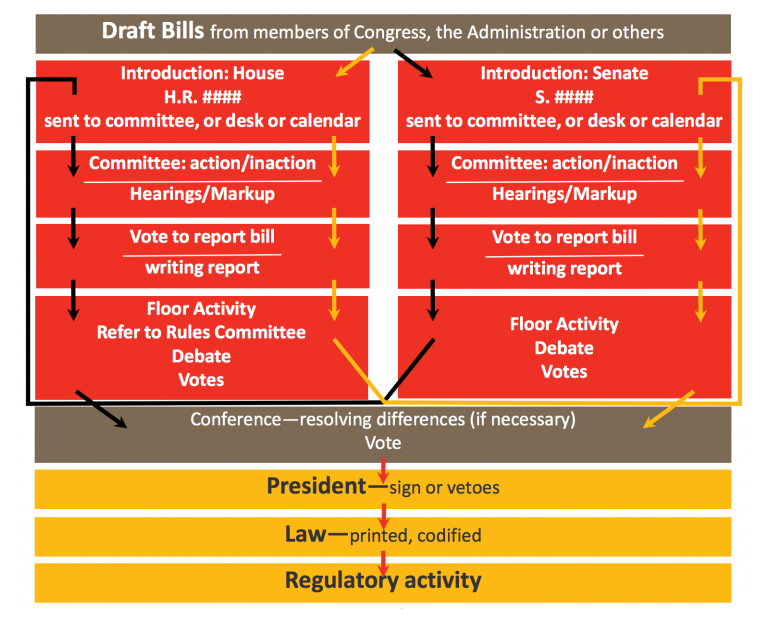How a costs comes to be legislation in your house of reps? – Ever questioned exactly how a straightforward concept can end up being an unwritten law? It’s an interesting trip, beginning in your house of Representatives. Think of a flurry of task, enthusiastic discussions, and cautious factor to consider as recommended regulations browses its method via the legal procedure. This isn’t nearly political leaders; it’s concerning individuals, their demands, and the shaping of our culture.
Introduction of a Bill: It all starts with a concept. A participant of Congress, probably motivated by a component’s worry or a pushing social concern, prepares a costs. This proposition is after that officially presented to your house, normally by positioning it in the receptacle (an assigned box). As soon as presented, the costs is and gets a number appointed to a board for more evaluation.
Committee Action: Committees are critical in this procedure. They work as filters, inspecting the costs’s information, holding hearings, and event professional testament. This thorough evaluation makes sure the costs is well-balanced and addresses the worries of numerous stakeholders. Think of these boards as specialized workshops where professionals form the costs and improve. Occasionally, expenses are also modified or turned down entirely throughout this stage.
- Markup: The board makes adjustments to the costs in a procedure called markup.
- Reporting: Once the board is pleased, the costs is reported back to your house flooring.

Floor Action: Now, the costs heads to your house flooring for dispute. Participants of your house can suggest modifications, using different methods and changes. This is a turning point for public conversation and dispute, where the qualities and possible effects of the costs are analyzed.
- Debate: The House discussions the costs, and participants can articulate their viewpoints.
- Voting: A ballot is held to establish whether the costs passes. A basic bulk ballot is normally needed.
The Senate: If your house authorizes the costs, it relocates to the Senate. There, it experiences a comparable procedure of board ballot, evaluation, and dispute. A seminar board is created to integrate the distinctions in between the House and Senate variations if the Senate authorizes a various variation of the costs. The seminar board gets to a concession, developing a solitary last variation of the costs. This variation after that returns to both your house and Senate for a last ballot.
Presidential Action: Once both your house and Senate accept the very same variation of the costs, it mosts likely to the President. The President can either authorize the costs right into legislation, veto it, or take no activity (a pocket veto). It comes to be legislation if the President indications the costs. Congress can bypass the veto with a two-thirds ballot in both the House and Senate if the President vetoes it. The costs instantly comes to be legislation without a trademark if the President takes no activity within a particular duration.
Famous Entity Related: Think of the Founding Fathers. Their vision for a democracy laid the structure for this procedure. Think about the duty of famous numbers in American background that promoted certain regulations.
